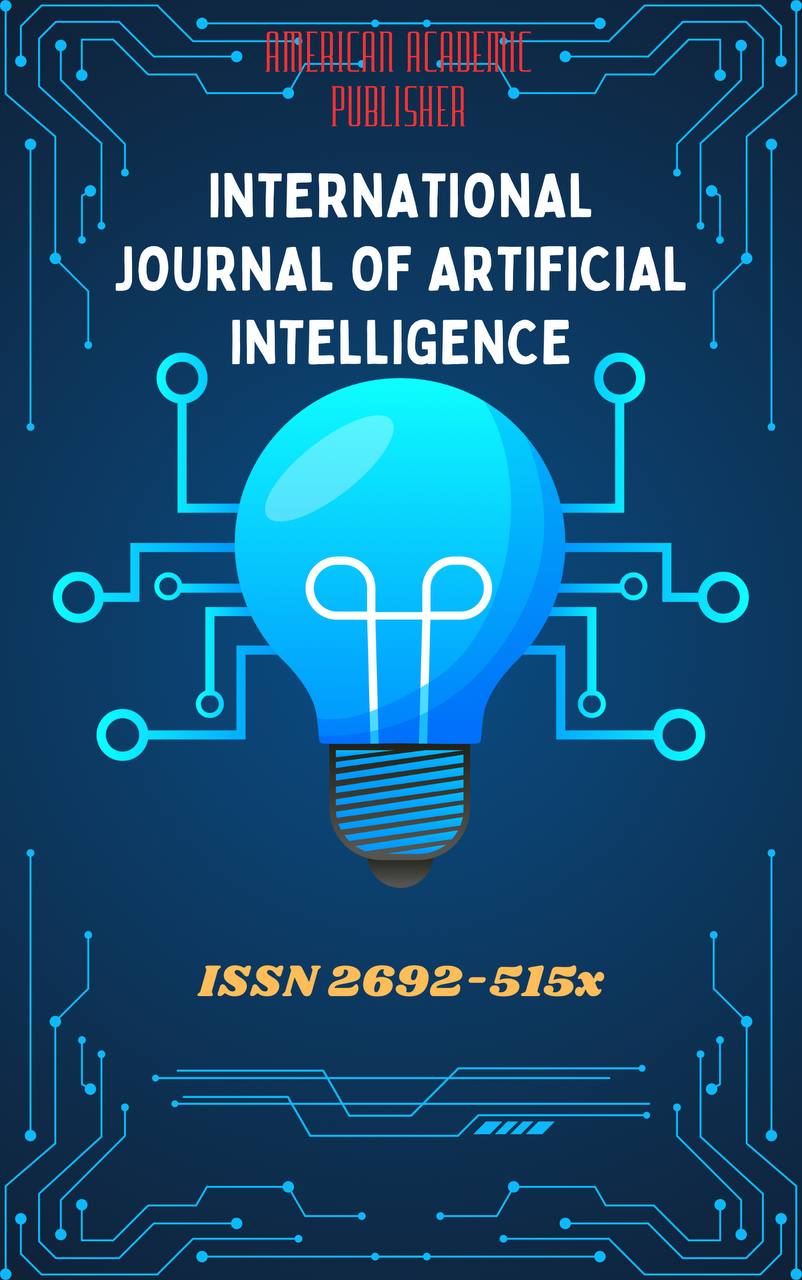 Articles
| Open Access |
Articles
| Open Access | ARTIFICIAL INTELLIGENCE AND FASHION DESIGN: INNOVATION AND THE FUTURE OF THE PROFESSION
Pulatkhujayeva Shahlo Abdufarruh kizi ,Abstract
This article examines how artificial intelligence is transforming fashion design. AI improves trend forecasting, generates designs, and supports sustainable virtual prototyping. While technology reshapes the profession, the future lies in collaboration between human creativity and machine intelligence.
Keywords
Artificial intelligence, fashion design, trend forecasting, generative AI, virtual prototyping, personalization, sustainability, digital transformation, creative collaboration, future of fashion profession.
References
Adam, H., & Galinsky, A. D. (2012). Enclothed cognition. Journal of Experimental Social Psychology, 48(4), 918-925. https://doi.org/10.1016/j.jesp.2012.02.008
Choi, T.-M. (2021). Fashion retail supply chain management: A review of AI applications. International Journal of Production Economics, 231, 107899. https://doi.org/10.1016/j.ijpe.2020.107899
Sun, L., Zhang, J., & Zhao, L. (2022). Artificial intelligence in fashion: Applications, challenges, and future directions. Computers in Industry, 138, 103629. https://doi.org/10.1016/j.compind.2022.103629
Heuritech. (2021). AI-powered trend forecasting for fashion. Retrieved from https://www.heuritech.com
Edited. (2021). The future of fashion powered by data and AI. Retrieved from https://edited.com
Гафурова, С. Ш., & Юсупходжаева, С. Т. (2023). Ta’sirlangan ichak sindromida xavotir-fobik buzilishlar, ularda psixoterapiya va psixofarmakoterapiyaning samaradorligi (Doctoral dissertation).
Sh, G. S. (2020). Ichак ta'sirlanish sindromidagi psixoemotsional buzilishlar va unda psixoterapevtik yordam ko'rsatish.
Hamraev, B., & Maxamatjanova, N. (2023). ETIOLOGY AND EPIDEMIOLOGY OF SEXUAL DISEASES. Прикладные науки в современном мире: проблемы и решения, 2(3), 45-46.
Maxamatjanova, N. M., Mirxaydarova, F. S., & Mirxaydarova, S. M. (2023). ANXIETY AND DEPRESSIVE DISORDERS IN DIABETES.
Bekenova, G. T., Axmedova, N. A., Ganiyeva, N. A., Asqarov, N. L., Tolipov, U. U., Alimova, N. Z., & Hasanova Sh, A. (2024). IMPORTANCE OF PULSE-THERAPY IN PERIPHERAL VASCULAR DAMAGE IN SYSTEMIC SCLERODERMA.
Fayziyev, O., Saidov, M. A., & Abduraxmonova, N. (2022). Agrar sektorni rivojlantirishda resurslar salohiyatidan foydalanishning hozirgi holati tahlili. Евразийский журнал права, финансов и прикладных наук, 2(13), 275-279.
Mamatkulovna, D. N. (2024). Cultivating Higher-Order Cognitive Skills through Phenomenon-based Learning Approach: Strategies for Deeper Learning (SDL). Ta'limning zamonaviy transformatsiyasi, 8(3), 235-241.
Джалолов, Ф. Ф. (2017). ТЕХНОЛОГИЯ АКТИВНОГО ОБУЧЕНИЯ ИНОСТРАННОМУ ЯЗЫКУ СТУДЕНТОВ НЕФИЛОЛОГИЧЕСКИХ ВУЗОВ. Инновационное развитие, (6), 73-74.
Kim, H., Chae, H., & Park, J. (2021). AI and big data in fashion industry: A systematic literature review. Journal of Business Research, 132, 95–108. https://doi.org/10.1016/j.jbusres.2021.04.036
McKinsey & Company. (2020). The State of Fashion: Data, AI and the future of design. Retrieved from https://www.mckinsey.com
Article Statistics
Downloads
Copyright License

This work is licensed under a Creative Commons Attribution 4.0 International License.

